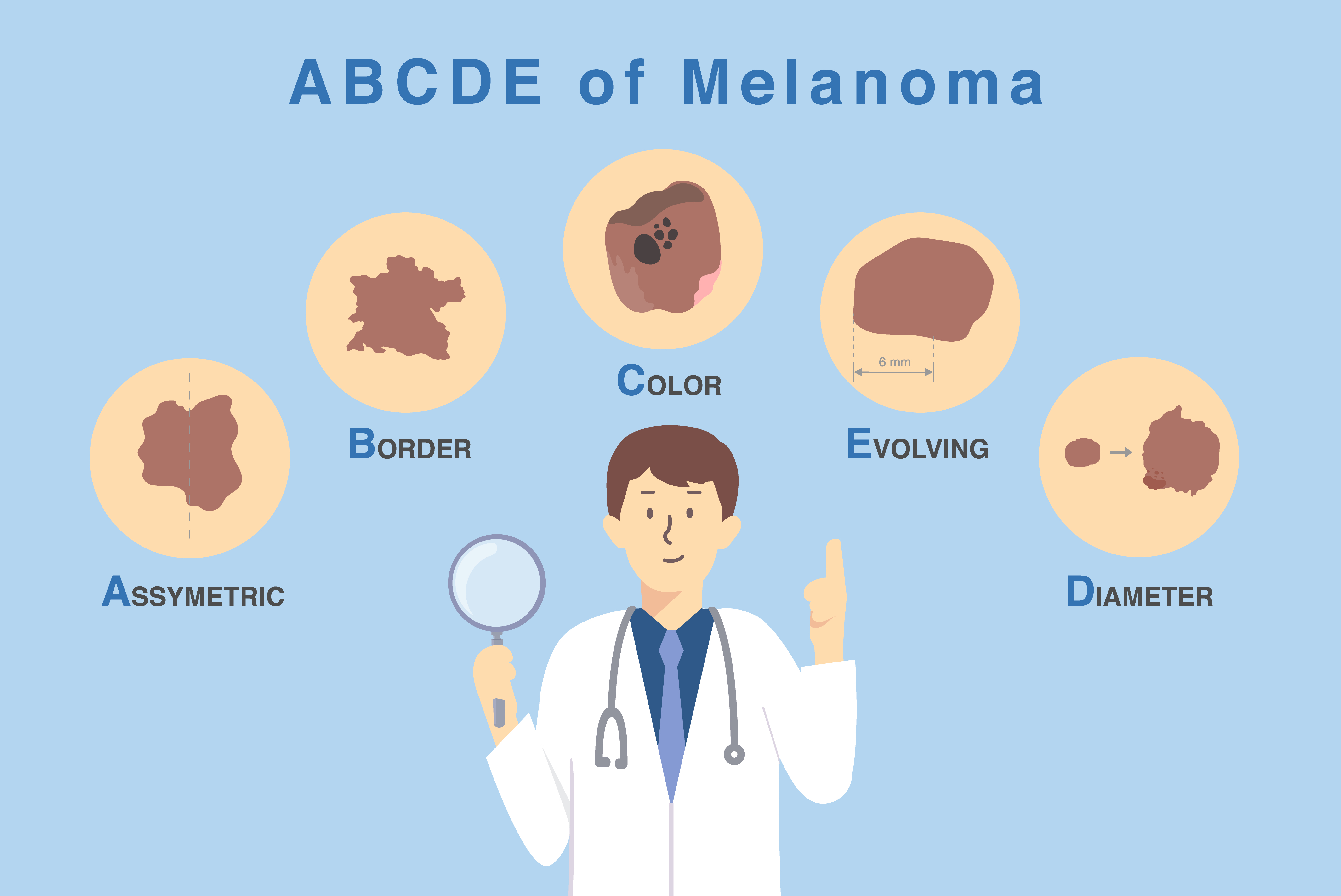When a London woman noticed a dark spot on her scalp, a specialist dismissed the possibility of melanoma. Another diagnosed it as a fungal infection. By the time someone took her concerns seriously, the life-threatening disease had already spread to her skull.
Sarah Lee knew her body. So when a dark mole suddenly appeared on her scalp, she didn’t ignore it. She went to the doctor. But instead of answers, she was dismissed. Not once, but three times.
What unfolded next was a startling reminder of how easily warning signs can be overlooked and how deeply trust in medical judgment can falter. At just 29, Sarah was about to discover the harsh reality behind her instincts and the silent threat hiding in plain sight.
Lee’s concern deepened with each passing week, and she returned to her general practitioner to report the changes.
It was the summer of 2021 when Lee took a photo of her scalp, not out of concern, but to check if she needed highlights. Pandemic disruptions had made salon visits rare, and she wanted to see how much her hair had grown out.
In the photo, she spotted something unfamiliar: a pea-sized, black mole nestled in her fine blonde hair. She was sure it hadn’t been there before. The next day, she called her general practitioner.
Lee was then referred to a dermatologist who examined the mole using a dermatoscope, a handheld device used to inspect skin lesions.
After the assessment, Lee was told three things: that the mole didn’t look suspicious, that she was too young for skin cancer, and that it was nearly impossible to develop melanoma on the scalp because the hair protects from ultraviolet radiation. None of those statements was accurate.
Over the next five months, the mole began to change. It grew in size, darkened, and multiplied. Lee’s concern deepened with each passing week, and she returned to her general practitioner to report the changes. This time, the lesion was visibly different.







